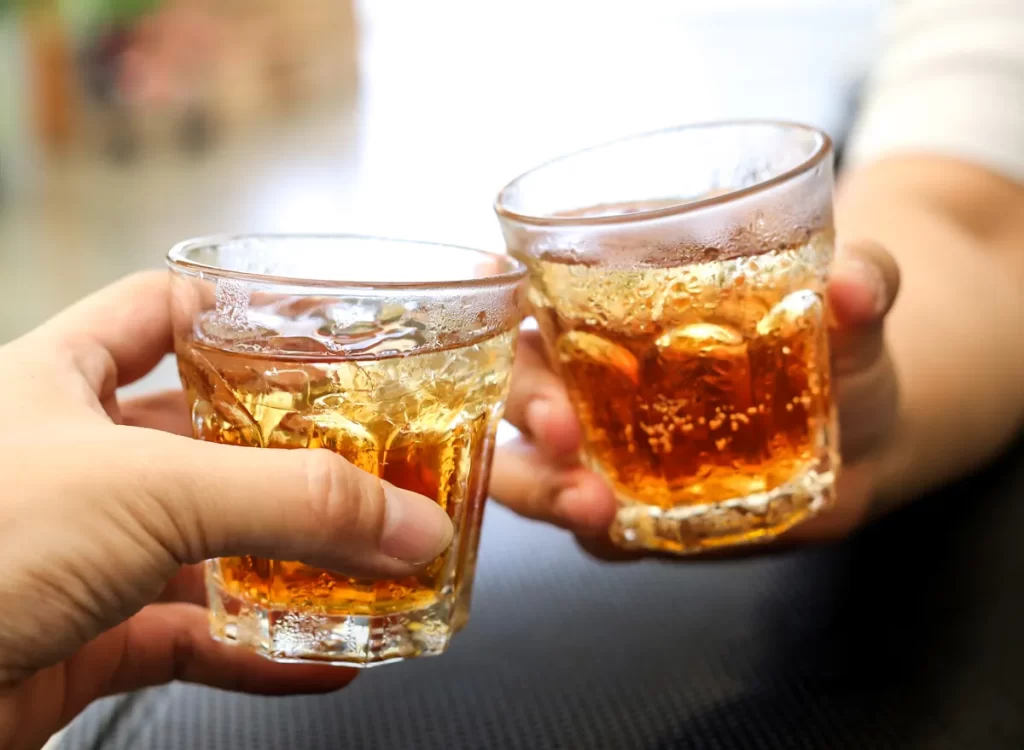The digital landscape has transformed numerous industries, and the alcohol market is no exception. The surge in online alcohol purchases, often referred to as e-booze, is a significant trend that has reshaped how consumers buy and enjoy alcoholic beverages. This rise is fueled by a confluence of factors including technological advancements, shifts in consumer behavior, and the global pandemic, which accelerated the adoption of e-commerce across various sectors. One of the primary drivers of the e-booze surge is the convenience offered by online platforms. Traditional liquor stores, while still prevalent, often come with limitations such as restricted operating hours, limited inventory, and the necessity of physical presence. E-commerce platforms, on the other hand, provide a vast selection of products, ranging from popular brands to niche, artisanal spirits that may not be readily available in local stores. Consumers can browse, compare, and purchase their preferred drinks from the comfort of their homes, at any time, with just a few clicks. This convenience is particularly appealing to the tech-savvy younger generation, who are accustomed to the ease of online shopping.

Additionally, the ability to discover new products and access detailed information online has been a significant factor in the growth of e-booze. Online platforms often provide extensive descriptions, reviews, and even expert recommendations, allowing consumers to make informed choices. This educational aspect is particularly appealing in the context of premium and craft spirits, where the story behind the product can be just as important as the taste itself. The availability of this information online helps demystify the world of alcohol, making it more accessible to a broader audience. The COVID-19 pandemic played a crucial role in accelerating the trend towards online alcohol purchases. With lockdowns, social distancing measures, and the closure of many physical retail outlets, consumers turned to online platforms out of necessity. This shift was not just a temporary response to an unprecedented situation; it marked a more permanent change in shopping habits. Even as restrictions have eased, many consumers continue to prefer the convenience and safety of online shopping. Retailers have responded by improving their digital offerings, investing in user-friendly websites, and enhancing delivery services to meet the growing demand.
Moreover, the rise of e-booze has led to the emergence of new business models within the alcohol industry. Subscription services, for instance, have gained popularity, offering consumers curated selections of wines, beers, or spirits delivered regularly to their doorsteps. These services often cater to specific tastes and preferences, providing a personalized shopping experience that traditional brick-and-mortar stores may struggle to match. Additionally, alcohol delivery apps have become increasingly popular, offering on-demand יין delivery of a wide range of alcoholic beverages, sometimes within the hour. However, the rise of online alcohol sales is not without challenges. Regulatory frameworks vary widely across regions, with some areas imposing strict restrictions on the sale and delivery of alcohol. Ensuring that sales are made to legal adults and managing the logistics of delivering a controlled substance also pose significant hurdles. Despite these challenges, the e-booze trend shows no signs of slowing down, with both established alcohol brands and new entrants increasingly focusing on their online presence.